The Ubiquitous ‘They’: Why Are so Many Horror Games All About Cults and Corporations?

Cults and evil organizations are some of the perennial tropes of horror games. Sinister satanic cabals, evil megacorporations, faceless secret societies; we’ve seen them crop up again and again in horror games. In this article, we’re going to look at why this is, and if or how designers can make them scary.
Pop Cult-ure
Probably one of the most obvious reasons we see so many evil organizations in games is simply because of their prevalence in the horror genre generally. The idea of robed, masked cultists chanting sinister rites in an underground temple is an image that goes right back to the pulp era of the 1920s and 30s, if not earlier. H. P. Lovecraft used the idea of clandestine devil-worshippers in his stories Call of Cthulhu and The Horror at Red Hook (both sadly reflecting the writer’s notorious racial prejudice), whilst the premise helped push Ira Levin’s 1967 novel Rosemary’s Baby to critical acclaim. The idea has also had a long history in the annals of science fiction and horror films.
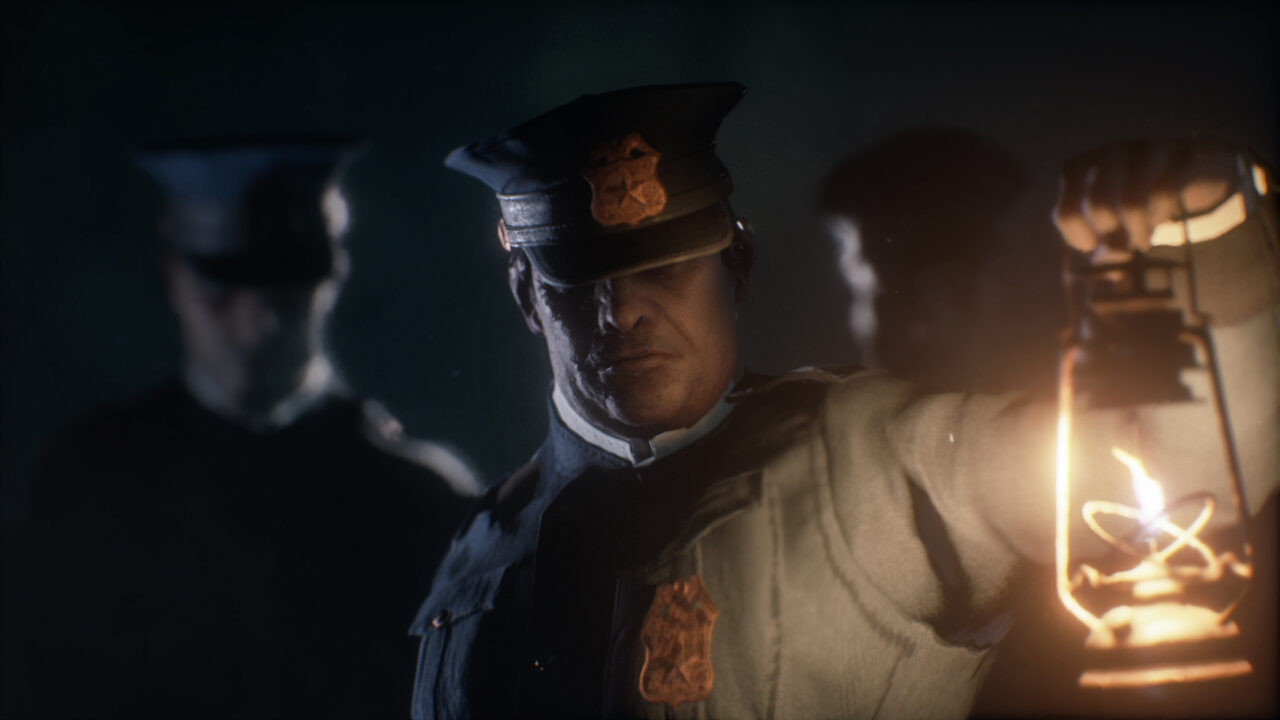
The idea of an evil organization, or particularly, a secret evil organization, is also one very much tied to modern ways of living. In a narrow sense, this fixation on shadowy, powerful groups up to no good may come from society’s tragically real experience of actual evil organizations. After all, free-market countries have had many decades of companies that hide behind a façade of benevolence, all whilst using their positions of wealth and power to channel influence through backroom meetings, corporate lobbying, and double-speak PR campaigns.
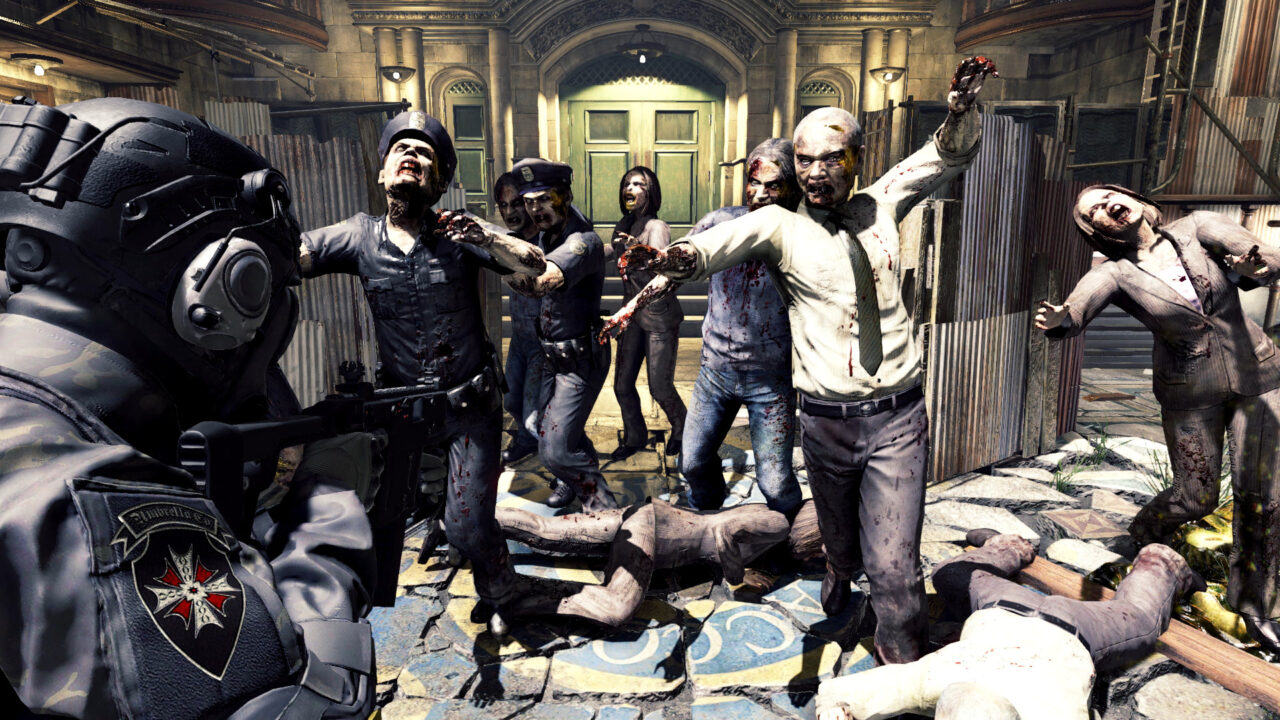
But more generally than this, ideas about a malevolent, inscrutable ‘they’ operating right under our noses are things that only make sense in an interconnected, highly anonymous world of urbanized living and trade. Cults and evil groups are an extension of the paranoia that naturally arises from existing in a society where most of us know very little about the systems that surround us. Rosemary’s Baby, to return to that example, is a good case study of this. In the book, a newly married housewife begins to suspect that the residents in her apartment block are all conspiring with one another against her. Whilst much of the story can be read in the context of Cold War paranoia about Soviet spies, its themes still resonate today, touching on just how little we really know about our neighbors and work colleagues.
Devilish Designs
So much for the literary criticism. But there’s also a more specific reason why cults and crooked companies appear so much in horror games. In nearly all cases, if there’s an evil organization in a horror game, it’s a good bet that it’s because that game was designed with a gameplay or premise first, story second philosophy in mind. The designers come up with a core gameplay loop or situation they want to put the player in first and then work backward from that to create a setting.
Evil organizations make great fodder for this type of approach. For one thing, collective actions are always more effective than individual efforts, so the idea of some sinister group acting in concert provides at least a semi-plausible set-up for what’s happening on-screen. Whether it be a band of bloodthirsty hicks turning a backwater town into a tourist abattoir, or a shady pharmaceutical conglomerate creating underground labs on remote islands, these groups – at least conceivably – have sufficient resources and personnel to engineer the setup for a game.
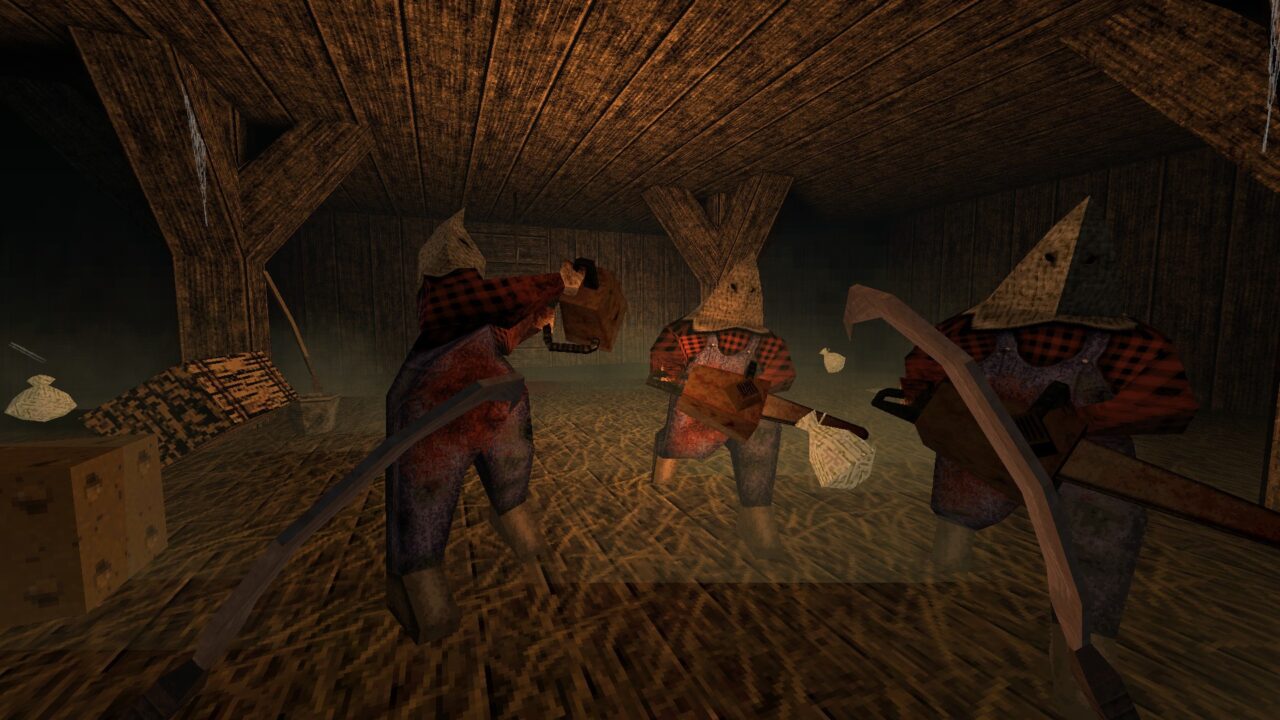
Another reason is that these groups make easy videogame antagonists. Like zombies or Nazis, they need very little in the way of explanation for why they’re evil. The writer can simply say, ‘well, y’know, because they’re a cult’ or ‘y’know, because they’re a megacorporation’. These things already have sufficiently negative connotations in our collective consciousness. As such, game designers don’t have to occupy the player’s time with lengthy explanations of why they should dislike them.
Finally, having a specifically secret evil organization allows designers to quickly paint a picture of a world outside the game without actually needing to explore it that much. Good horror works on the concept of subversion; of taking the mundane and juxtaposing it with the disturbing or uncanny. For this reason, it’s often important that the player understands that there is some sense of normalcy outside of all the scary stuff going on. Many of the Silent Hill games, for example, often have the player character encountering people who seem to be going about their ordinary daily lives, throwing into question how much what we’re seeing on screen is real or just in the protagonist’s head. Even in a zombie apocalypse, on some level, there’s a recognition that what’s happening is not the norm, or at least, what was historically the norm. In the same way, if the evil organization is also a secret one, it’s a quick narrative shorthand that lets players know that the wider society the player character inhabits is recognizably like or own; at very least, it’s not a society where the nefarious deeds that are going on are just taken as ordinary behavior.
Far From the Maddening Crowd
There’s nothing inherently wrong with using an evil organization in a horror game. They’re convenient for all the reasons listed above and can make for a great experience if used correctly. It’s worth bearing in mind that Resident Evil 4 – often lauded as one of the greatest videogames of all time – had a cult and a megacorporation as its primary and secondary antagonists. Just because something is a trope doesn’t mean that it doesn’t have its place or uses.
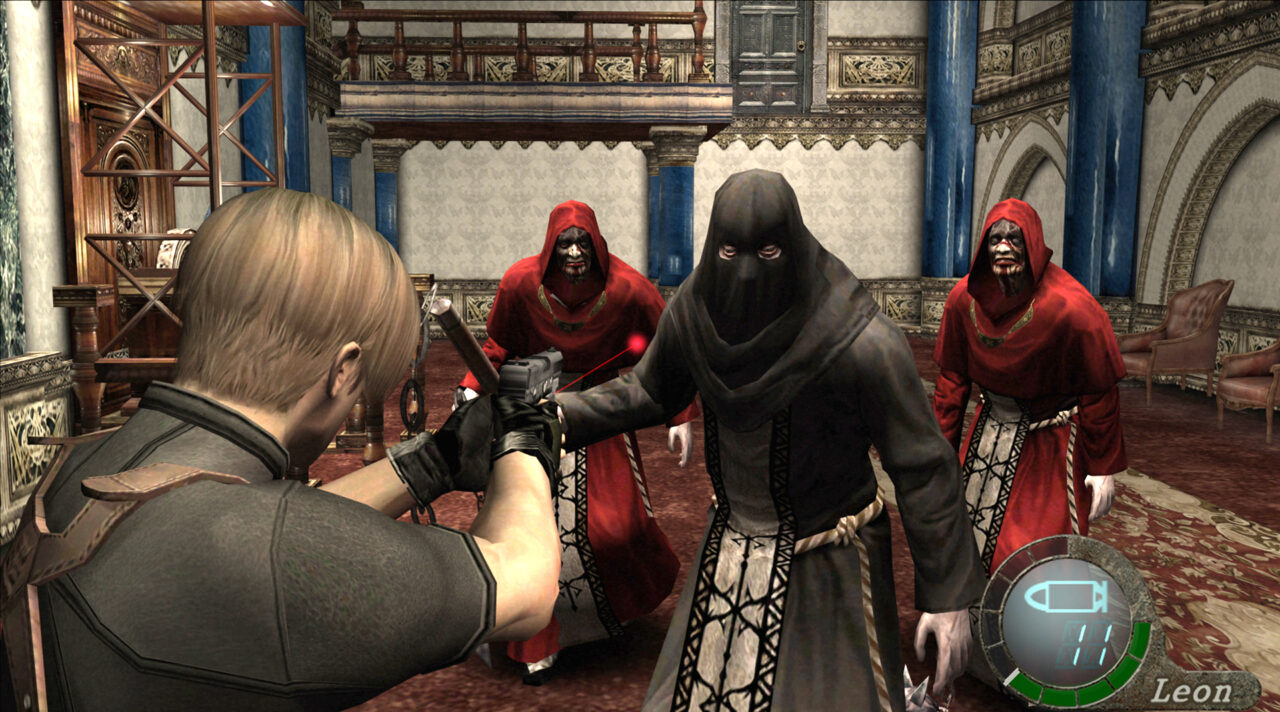
The crunch comes when designers are trying to make a horror game scary. There’s an art to causing lasting fear, and relying on comfortable clichés is nearly always a guaranteed way to scupper that effort. Resident Evil 4 was a great game, but it was designed as an action-filled thrill fest instead of a haunting, thought-provoking experience. Series like The Evil Within and Resident Evil have always undermined themselves by having comically evil megacorporations as antagonists, creating a contrast between tense moment-to-moment gameplay and a wider story with very little ability to unnerve in itself.
The problem is at its worst when the core horror the game explores is supposed to be the horror of cults and ruthless organizations themselves. Outlast 2 is a textbook example of this idea being handled badly. Here, the game tries to have its cake and eat it. On the one hand, its story attempts to explore the dangers of religious fanaticism, but on the other, it also uses it as a convenient setup to get the player running and hiding from deranged axe-murderers. It’s hard for the horror to hit home when the topic turns into the trope. The only solution the game has is to throw increasingly shocking imagery at the player to make these groups seem more abominable. But in doing so, it diminishes their credibility by reducing them to slasher-movie antagonists.
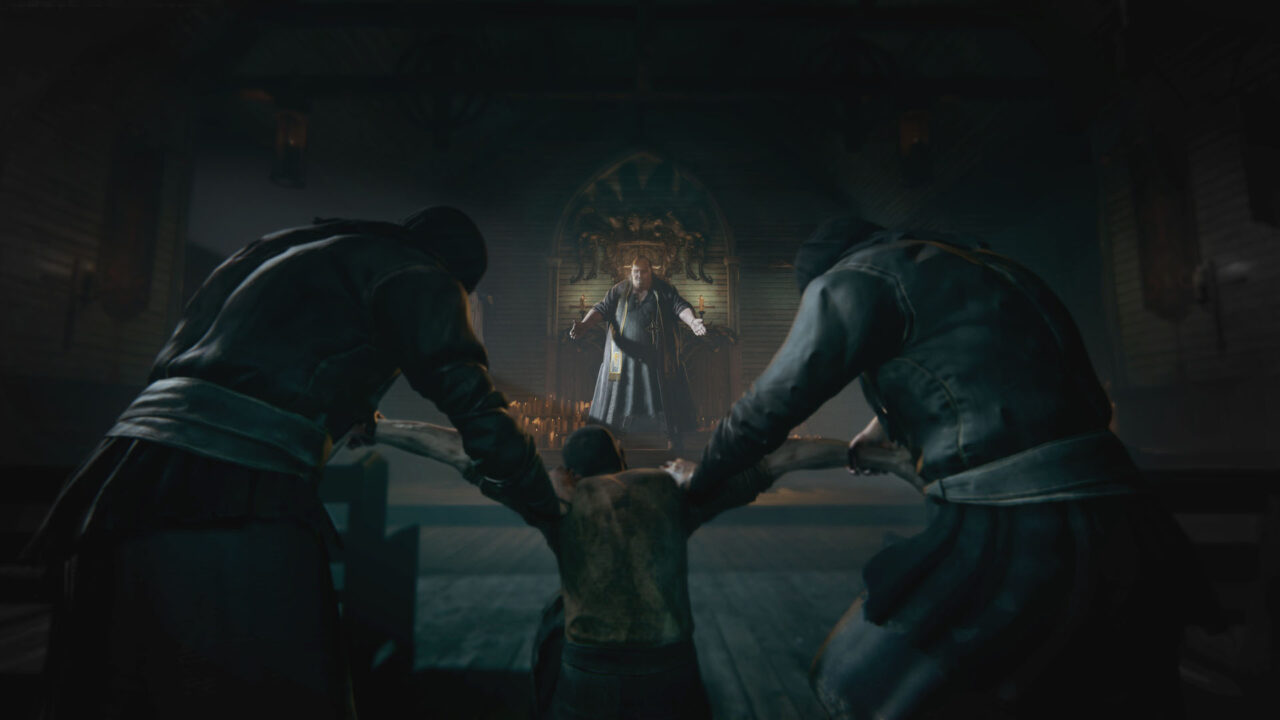
Effectively exploring the cruelty that organizations like cults and power-hungry corporations are capable of requires subtlety and above all a human element. Psychotic killers and cartoonish megalomaniacs just can’t bring this in a game. In her study on Nazism, the political thinker Hannah Arendt famously coined the phrase ‘the banality of evil’ to describe how perfectly ordinary people are not only capable of committing atrocities, but doing so out of completely commonplace motives. It’s this fact that makes such harmful organizations so terrifying; not that there is no relating to the reasons they have for doing terrible things, but how relatable these reasons can be.
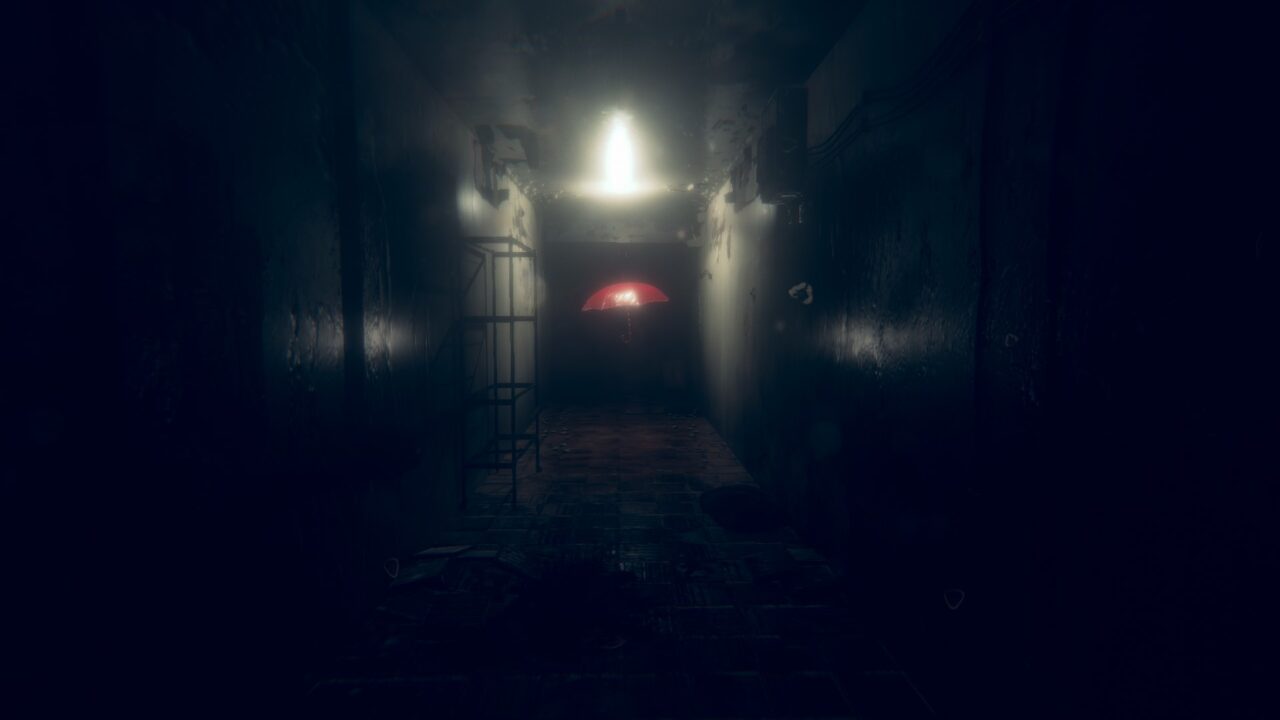
SPOILERS FOR THE GAME DEVOTION
One of the best examples of this idea in practice is Red Candle Games’ Devotion. It’s impossible to talk about Devotion in this context without spoilers, so if you haven’t played the game, stop here if you intend to. Drawing on the very real problem that Taiwan has with cults, the game is an unflinching look at the devastating impacts on the lives of the desperate and vulnerable that such organizations can have. Rather than reduce cult followers to mindless, scythe-wielding fanatics, it paints a credible and tragic portrait of why someone would join such a following in the first place. Moreover, the game’s villain (for want of a better term) – the cult’s leader Mentor Heuh – is depressingly believable. Neither a zealot nor a ruthless Übermensch, she is simply a petty, opportunistic con artist out to make a quick buck.
SPOILERS END
In short, it’s not that using an evil corporation or cult in a horror game can’t be unsettling. It’s that if unsettling is what the designers are aiming for, it’s far more effective to have organizations where its members act and behave in a believably human way.
Categorized:Editorials

